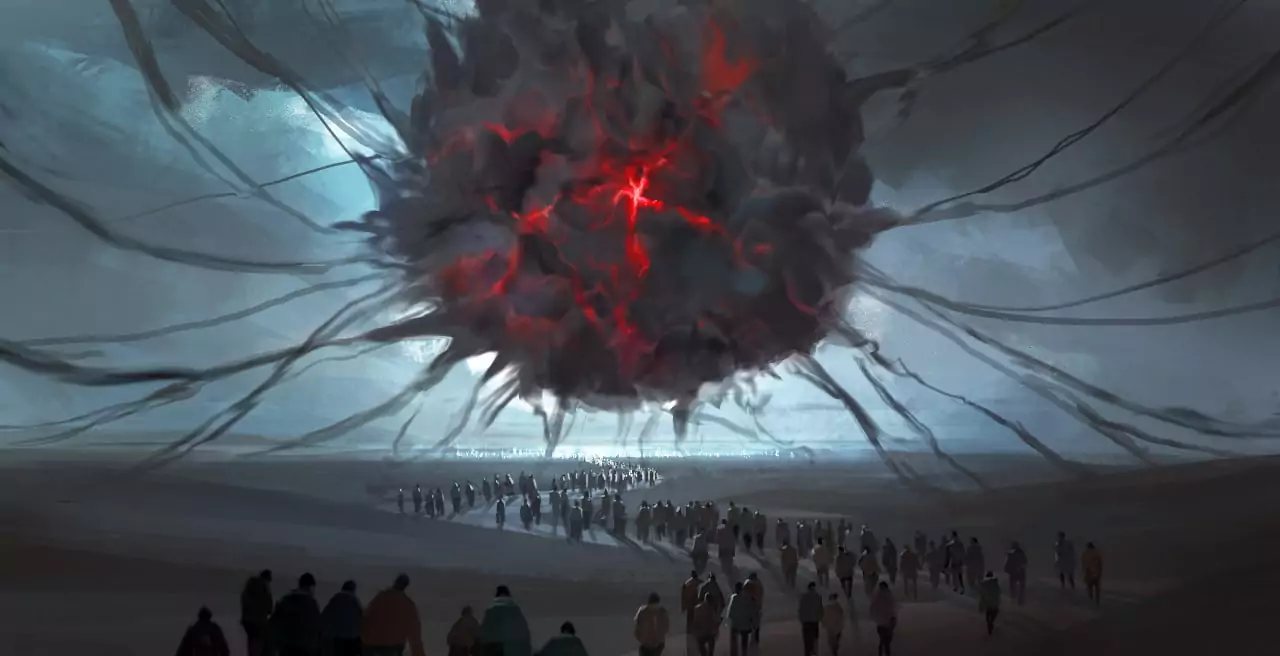In the early 2030s, NASA plans to deliver pieces of Mars to Earth. This decade will see missions to Titan and Europa, the moons of Saturn and Jupiter, where life may well exist. Anthony Ricardi, professor of invasive ecology and aquatic ecosystems, suggests that without technical analysis it will be difficult to distinguish alien organisms from terrestrial life.
The science fiction novel and movie «Andromeda Strain» described in detail what would happen if a deadly alien microbe made its way to Earth, and the world would have to look for means to contain it. Despite the fact that the author of the novel, Michael Crichton, rather fantasized about the likelihood of such an invasion, in 2013, researchers described a new bacterial life form. She was less than 95% similar to her closest genetic relative. The found bacterium was called tersicoccus phoenicis — in translation it means something like «clean room error», since it was found in the sterile rooms of NASA and ESA spacecraft located at a distance of almost two thousand kilometers from each other.
Superimposed on this example is the fact that some experts believe in the theory of panspermia, which states that life first originated not on Earth at all, but somewhere in the universe, and was brought here by falling meteorites or comets.
This idea can easily be turned in the opposite direction. For example, in 2019, an Israeli spacecraft with slow—moving vehicles, one of the most indestructible life forms known on Earth, inadvertently fell to the surface of the Moon. Slow walkers can withstand extreme temperatures and pressure, including the vacuum of space.
